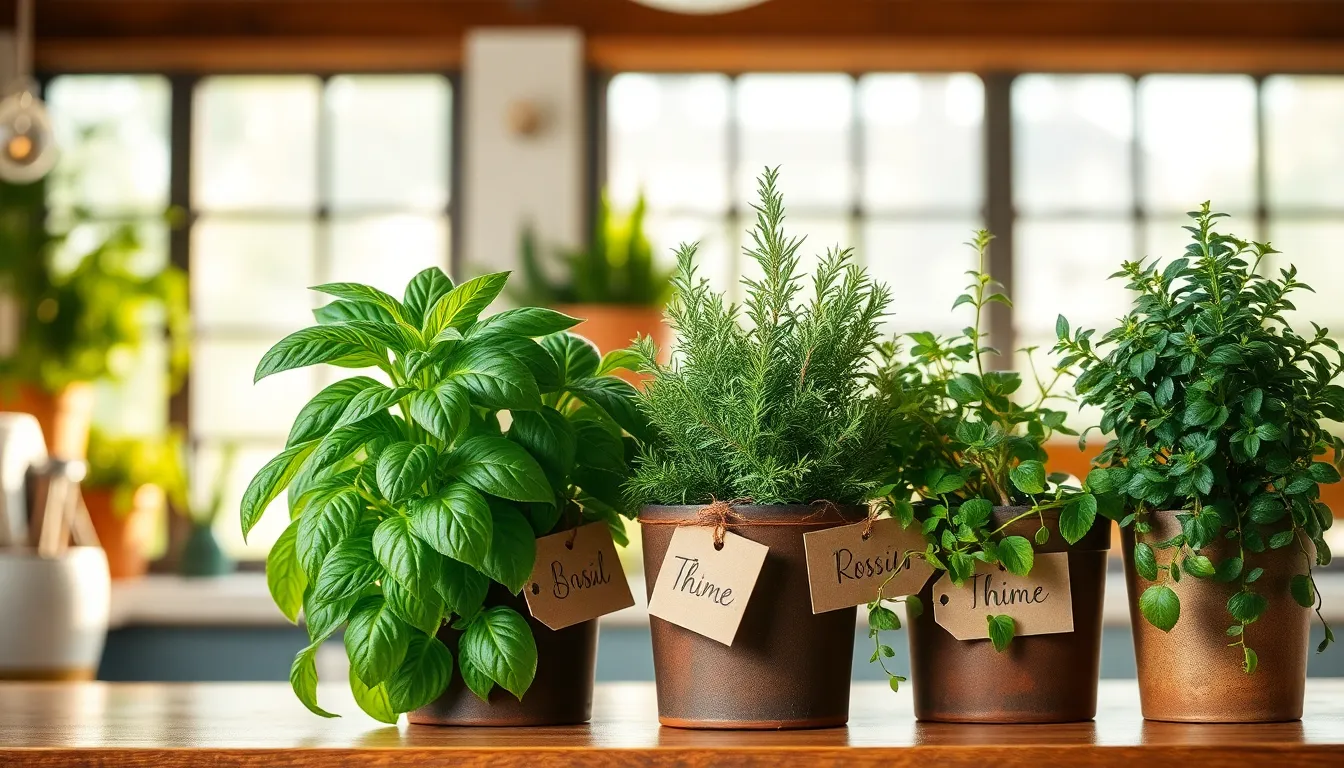Bringing the vibrant world of herbs into your home is a rewarding endeavor, offering a feast for the senses and a fresh boost to your culinary creations. However, even the most seasoned gardeners can stumble when transitioning their green thumbs indoors, where a different set of challenges awaits. Whether you’re just starting your gardening journey or you’re a seasoned pro looking to refine your indoor herb-growing skills, understanding common pitfalls is crucial to seeing your herbs flourish.
Planting herbs indoors can transform your living space into a lush, aromatic haven, but it’s easy to make mistakes that could stunt their growth. From overlooking the nuances of light and water to falling into the trap of over-loving your plants, these errors can mean the difference between success and a wilted disappointment. In this article, we’ll guide you through some of the most frequent missteps and offer practical advice to help your indoor herb garden thrive.
You’ll discover how to create the ideal environment for your herbs, ensuring they receive the right balance of sunlight and moisture. We’ll delve into the specifics of soil selection, pot choice, and the importance of mindful care. By the end of this article, you’ll be equipped with the knowledge to avoid these common mistakes and enjoy a flourishing indoor herb garden that fills your home with beauty and flavor.
Poor Light Conditions Solution
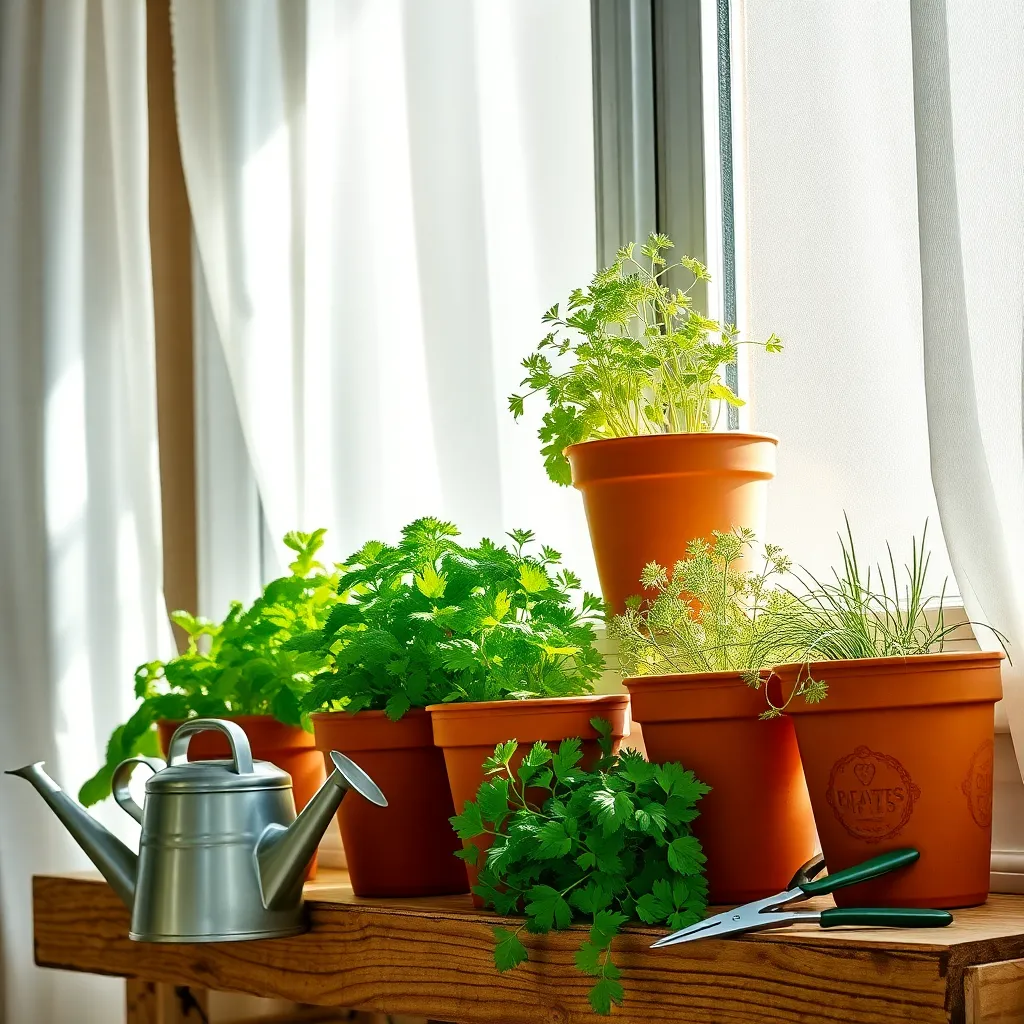
Many indoor gardeners struggle with poor light conditions, which can hinder herb growth. To combat this, consider placing your plants near a south-facing window, which typically provides the most sunlight throughout the day.
Artificial lighting is a great alternative to natural light when needed. Using LED grow lights can mimic the sunlight spectrum, allowing herbs like basil and parsley to thrive even in darker rooms.
It’s crucial to adjust the distance between grow lights and your plants; too close can burn the leaves, while too far will reduce effectiveness. Generally, positioning the lights about 6 to 12 inches above the plants is optimal for most herbs.
For those dealing with extremely limited light, choosing low-light-tolerant herbs can be a lifesaver. Varieties such as mint and chives can still flourish with minimal sunlight exposure and adapt well to indoor environments.
Overwatering Prevention Tips

One of the most common pitfalls in indoor herb gardening is overwatering. To prevent this, it is crucial to assess the moisture level of your soil before adding more water. Insert your finger about an inch deep into the soil; if it feels dry, it’s time to water. This simple test can save your herbs from root rot, a common consequence of overwatering.
Choosing the right soil is a key factor in preventing overwatering. Opt for a well-draining potting mix specifically designed for herbs. These mixes often contain a blend of peat, perlite, and vermiculite, which helps to maintain adequate moisture levels without waterlogging the roots. For those who want to go the extra mile, adding a layer of small stones or gravel at the bottom of the pot can further enhance drainage.
Watering frequency should be adjusted according to your home’s humidity and temperature. Generally, herbs like basil and rosemary prefer their soil to dry out slightly between waterings. During cooler months or in air-conditioned environments, the need for watering decreases, so it’s wise to reduce frequency accordingly. Monitoring your herbs’ leaves can also provide clues; wilting or yellowing might indicate overwatering.
Advanced gardeners might consider using self-watering pots to further prevent overwatering. These pots can regulate the water supply, ensuring that herbs receive just the right amount of moisture. Additionally, placing a tray filled with water and pebbles underneath your pots can increase humidity without saturating the soil. These techniques can be particularly beneficial for herbs like mint and cilantro, which thrive in consistently moist conditions.
Inadequate Drainage Fix
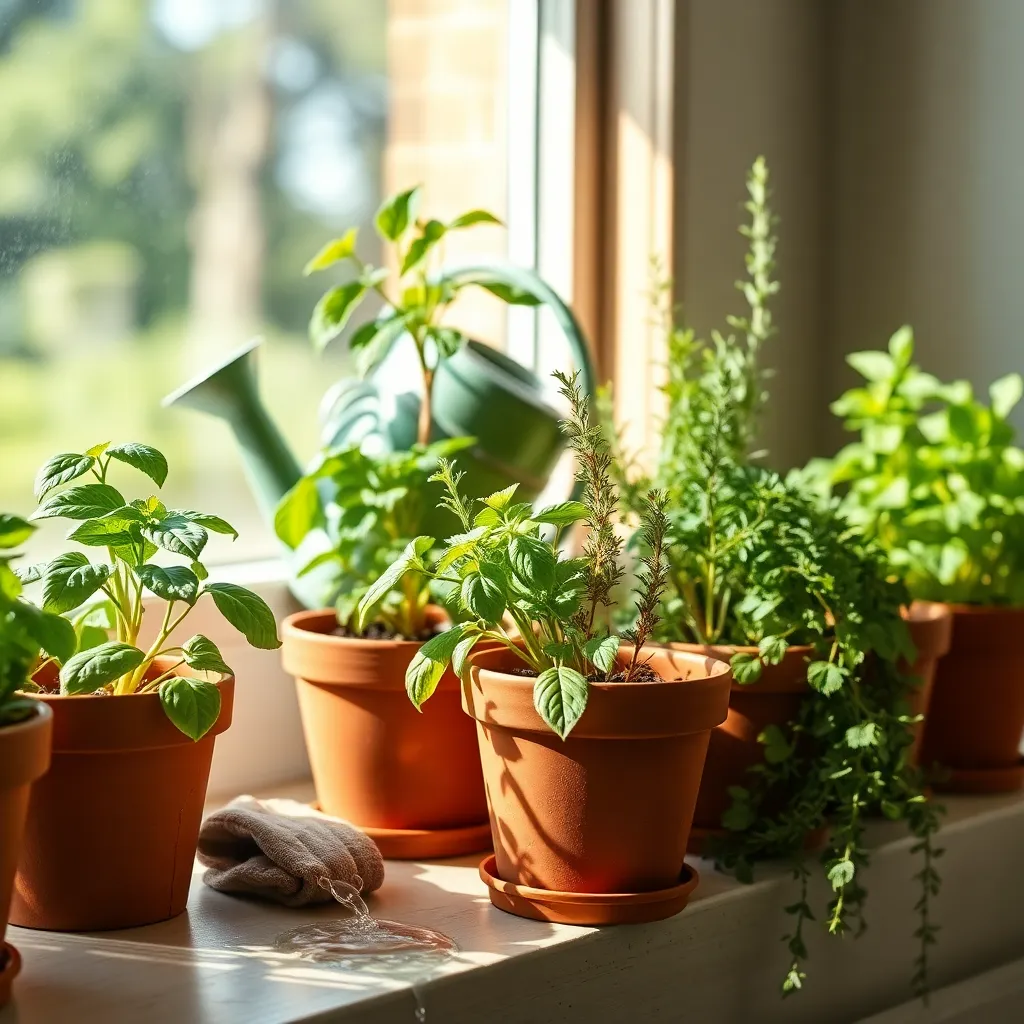
Poor drainage is a common issue that can hinder the growth of indoor herbs. To ensure your plants have the best environment, use pots with drainage holes and a saucer underneath to catch excess water.
Consider using a well-draining potting mix specifically designed for herbs. This type of soil typically contains a blend of peat moss, perlite, and vermiculite, which helps prevent water from pooling around your plant’s roots.
If you notice water isn’t draining properly, you can add a layer of small stones or broken pottery pieces at the bottom of your pots. This simple technique creates space for excess water to collect, which helps prevent root rot.
For more advanced gardeners, consider using self-watering pots that regulate moisture through a wick system. These pots can maintain the perfect moisture level for herbs, reducing the risk of water-related stress on your plants.
Herb Nutrient Deficiency Remedies
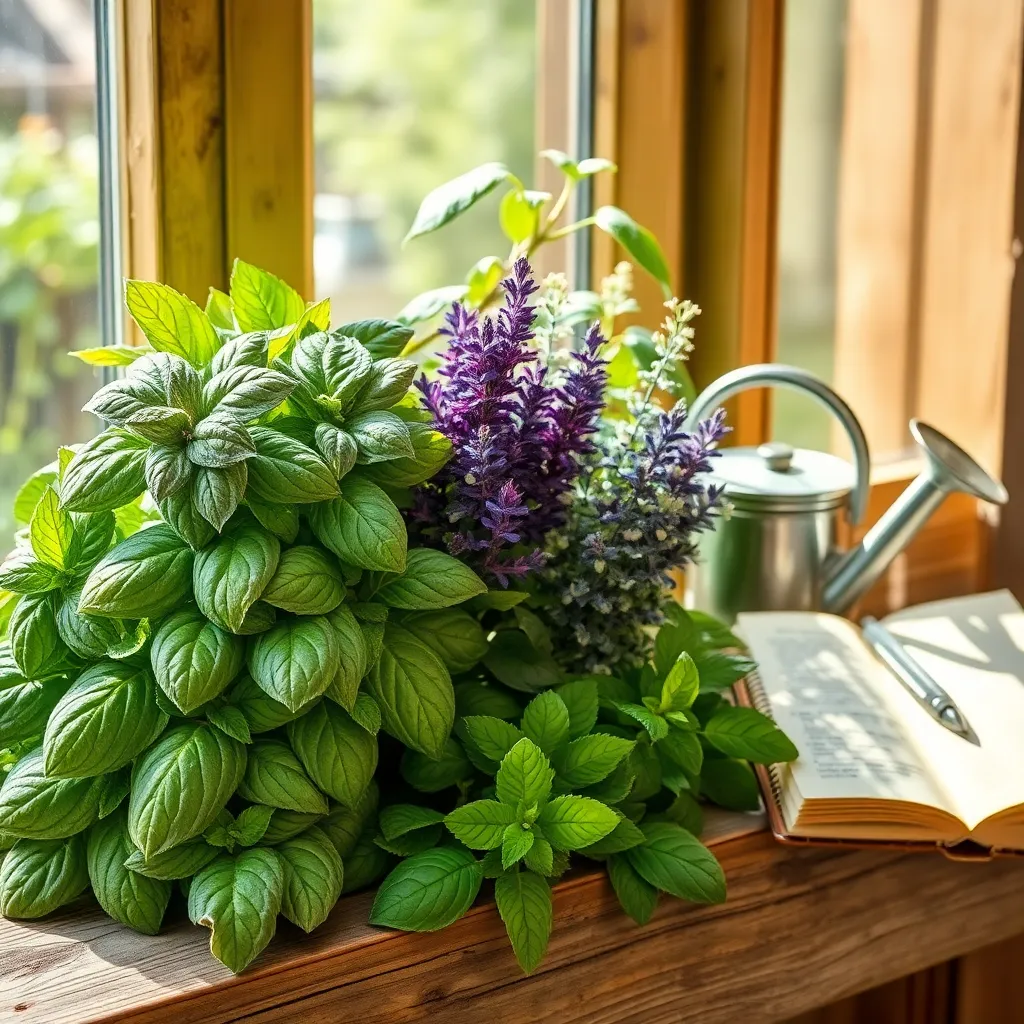
Herbs grown indoors can often suffer from nutrient deficiencies, which can impact their flavor and growth. To remedy this, ensure that your herbs are planted in a high-quality potting mix that includes essential nutrients. A potting mix with added compost or slow-release fertilizer can provide a steady supply of nutrients. Make sure to choose a mix that is specifically designed for indoor plants, as it will have the appropriate balance of nutrients and drainage.
Keep an eye out for signs of nutrient deficiency, such as yellowing leaves or stunted growth. Regularly supplement your herbs with a balanced, water-soluble fertilizer every four to six weeks, especially during the growing season. This practice helps replenish nutrients that may have been depleted over time. For advanced care, consider using a liquid seaweed extract, which provides micronutrients and enhances plant vitality.
It’s important to tailor your nutrient regimen to the specific needs of your herbs. For instance, basil often requires more nitrogen for lush growth, while rosemary may benefit from extra phosphorus to support its woody structure. Test your soil every few months to ensure the nutrient levels are appropriate, and adjust your feeding schedule accordingly. This proactive approach can prevent deficiencies before they impact the health of your plants.
Another key factor is water quality, as it can affect nutrient absorption. Use distilled or rainwater if possible, as tap water may contain salts and chlorine that can interfere with nutrient uptake. Consistent watering—allowing the top inch of soil to dry out between waterings—ensures that your herbs are not overwatered, which can leach nutrients away. By paying attention to these details, you’ll be well on your way to growing healthy, flavorful herbs indoors.
Temperature Fluctuations Management
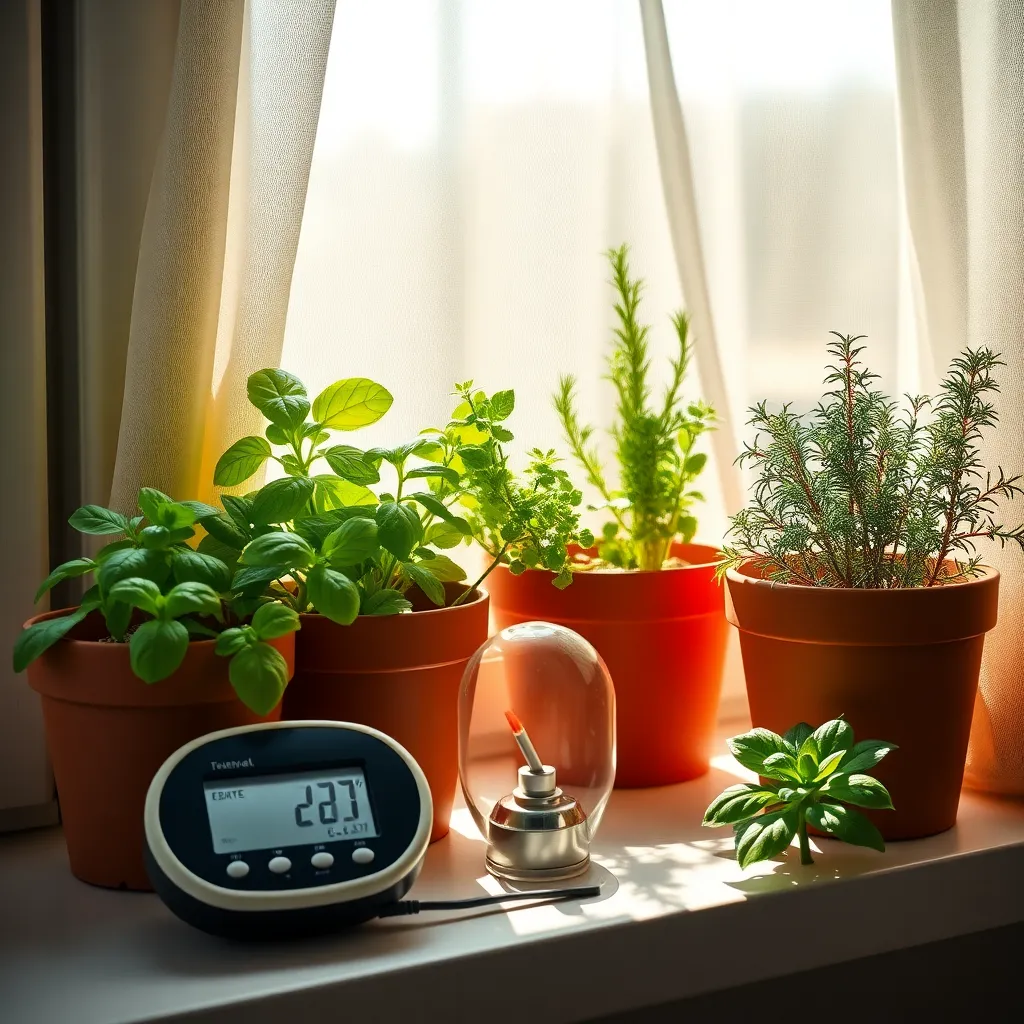
Managing temperature fluctuations is crucial for the successful indoor cultivation of herbs. Many herbs thrive at temperatures between 65°F and 75°F, and maintaining this range can be challenging but rewarding.
To help regulate temperatures, consider placing your herbs in a spot with consistent warmth, away from drafty windows or heating vents. Using a thermometer can help you monitor the environment and make necessary adjustments.
For those looking to enhance their setup, investing in a heat mat can offer a stable temperature boost, especially for basil and oregano. Ensure the heat mat maintains a gentle warmth to avoid overheating the roots, which can be detrimental to plant health.
Additionally, acclimating your herbs to temperature changes gradually can prevent shock. When transitioning between seasons, allow plants to adjust by slowly introducing them to different conditions, ensuring they remain vibrant and healthy.
Conclusion: Growing Success with These Plants
In nurturing your indoor herb garden, understanding the subtle intricacies of plant care mirrors the growth of healthy relationships. We explored five pivotal concepts: recognizing the importance of providing adequate light, understanding the significance of proper watering techniques, the necessity of using appropriate soil, the art of spacing to avoid overcrowding, and the patience required for growth to flourish naturally. Just as these factors are essential for thriving plants, they also translate into key relationship insights—attention, care, support, space, and patience are vital for nurturing connections.
Now, take an actionable step: assess one relationship in your life where you can apply these principles today. Perhaps it’s offering more support, allowing space, or simply being patient. Implement these small changes and observe the growth.
Remember, cultivating healthy relationships is an ongoing journey. Bookmark this article to revisit these insights whenever you need a refresher. Each step you take towards understanding and applying these principles paves the way for flourishing relationships tomorrow and beyond. You have the power to transform connections and usher in a season of growth that reflects the care and love you invest daily.

